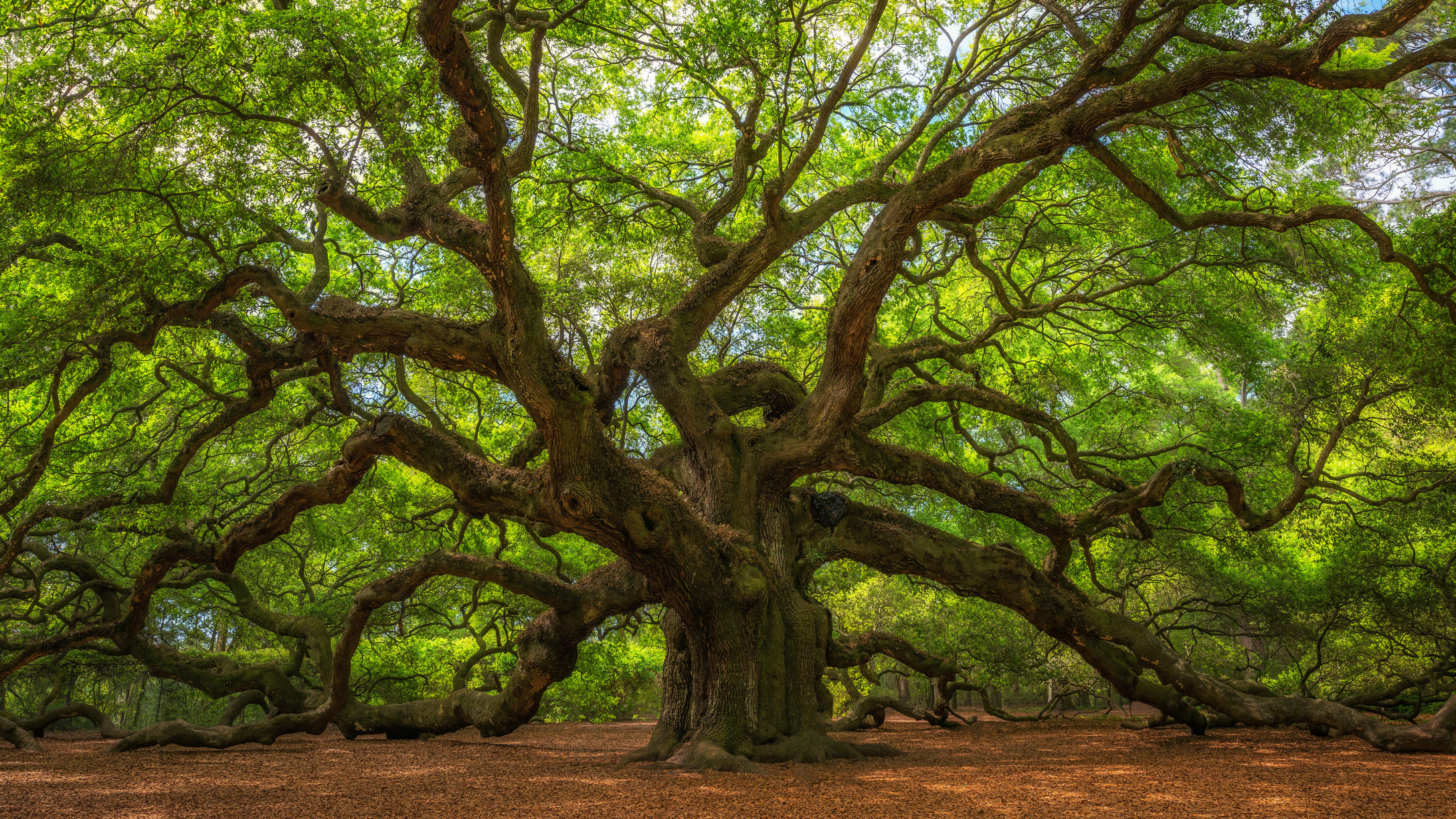
Verse 69
Because the kuṇḍa is endowed with Priyājī’s qualities of dearness it bestows a love equal to Radha’s on one who bathes there even once.
Śri Ananta dāsā Bābājī
We are natural born lovers. Our deepest and most authentic qualities are realised through the expression of that love. This happens on many levels, in many forms, and towards many different kinds of people.
In the last sentence of his commentary to the final verse of Bhagavad-gītā Śrīla Prabhupad declares that the ‘normal condition’ of every living entity is in the ‘pleasure-giving potency’ of Kṛṣṇa, the divinely loving energy of Rādhā. He means that to love God is our highest aspiration and our most natural state. And yet we all find ourselves so far from that state, so far from being ourselves.
What can it mean to love God? It does not mean turning our back to our imperfect existence in order to seek God somewhere far away in the desert or high on a mountain top. It must mean to love what is purest in us and what is purest in others.
To love God does not mean to look elsewhere, but to look in ourselves. To love God does not require us to search for something perfectly loveable beyond us because what we are is somehow not loveable. On the contrary, to love God is to love the divine within us.
Continue reading

